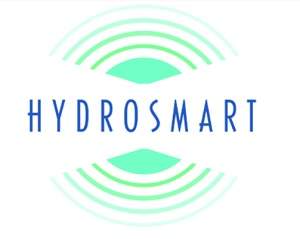How Can the Mining Industry Overcome Water Obstacles
Mining is a critical industry for the Australian economy, but the sector faces a number of challenges. For instance, Frost & Sullivan’s recent Industry Scorecard for the Global Mining Industry explained that falling ore grades will require a more intensive approach to mining, which, in turn, will necessitate better water and energy management.
Water is already an obstacle for many miners in Australia, however. Any mining operation requires a working water infrastructure for processes including on-site mineral processing, dewatering and serving the needs of workers. Having a dependable, controllable, quality water supply is tied directly to productivity.
Many companies located in remote areas have to use groundwater that contains elements prone to scaling and corrosion. Consequently, these miners have flow issues and need to replace their pipes and infrastructure equipment far too frequently. Others may resort to adding chemicals to reduce scale or treat water used for heap-leaching. Alternatives to using chemical are paramount, given the rising need to address environmental concerns within the mining industry – another factor highlighted by Frost & Sullivan.
Miners can address their water issues with resonance frequency water treatment. Hydrosmart’s advanced – but simple and cost-effective – technology breaks down mineral bonds in the water using resonance frequencies, not chemicals. Miners notice the results immediately: Scaling goes away, restrictions on flow are lifted, and odours and deposits disappear from wastewater tanks.
As such, resonance frequency water conditioners can be used in both a reparative and preventative sense: It can remove existing scale buildup to restore flow in pipes and it can prevent future scaling and corrosion from occurring going forward. The unit requires little power to run, making it an energy-efficient way to maximise the usefulness of water supplies.


